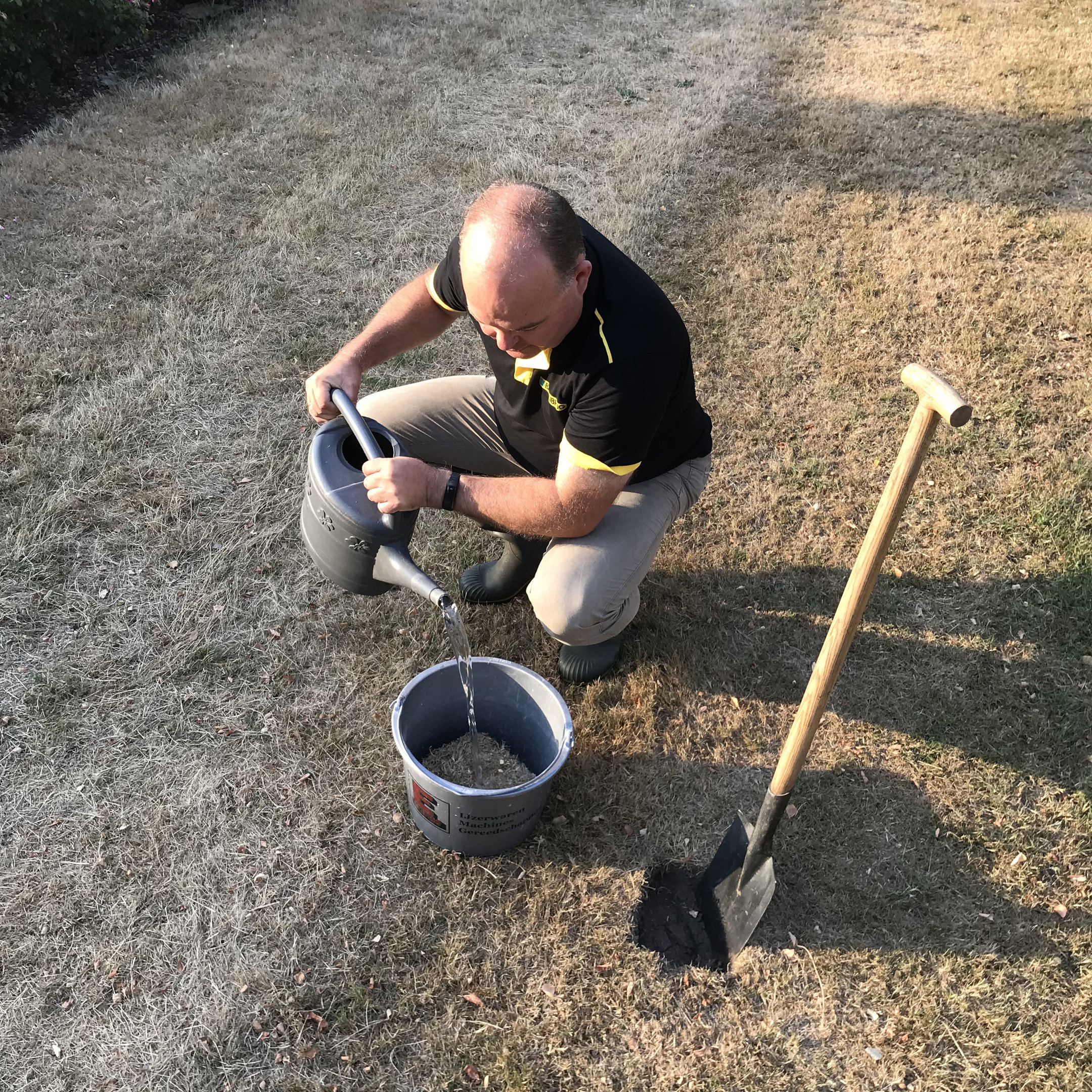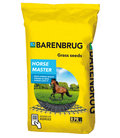Limiting access to the pasture during periods of drought will aid its recovery. Letting your horses graze during the evening hours benefits the grass. Keep a close eye on the condition of your horses that are kept outdoors all the time (young horses). Due to the poor supplies of grass they can quickly start to lose weight.
Mow with caution!
Mowing during periods of drought can seriously damage your pasture. If there is less than 20 centimetres of grass (2000 kg per ha), it is best to delay mowing. After mowing, grass plants use their reserves to produce new blades of grass. However, in periods of drought, the grass plant needs these reserves simply to survive. In addition, traffic on the pasture will severely burden the sward and leave tracks that are visible for a long time. If you do decide to mow, do not cut the grass shorter than 7 centimetres.




